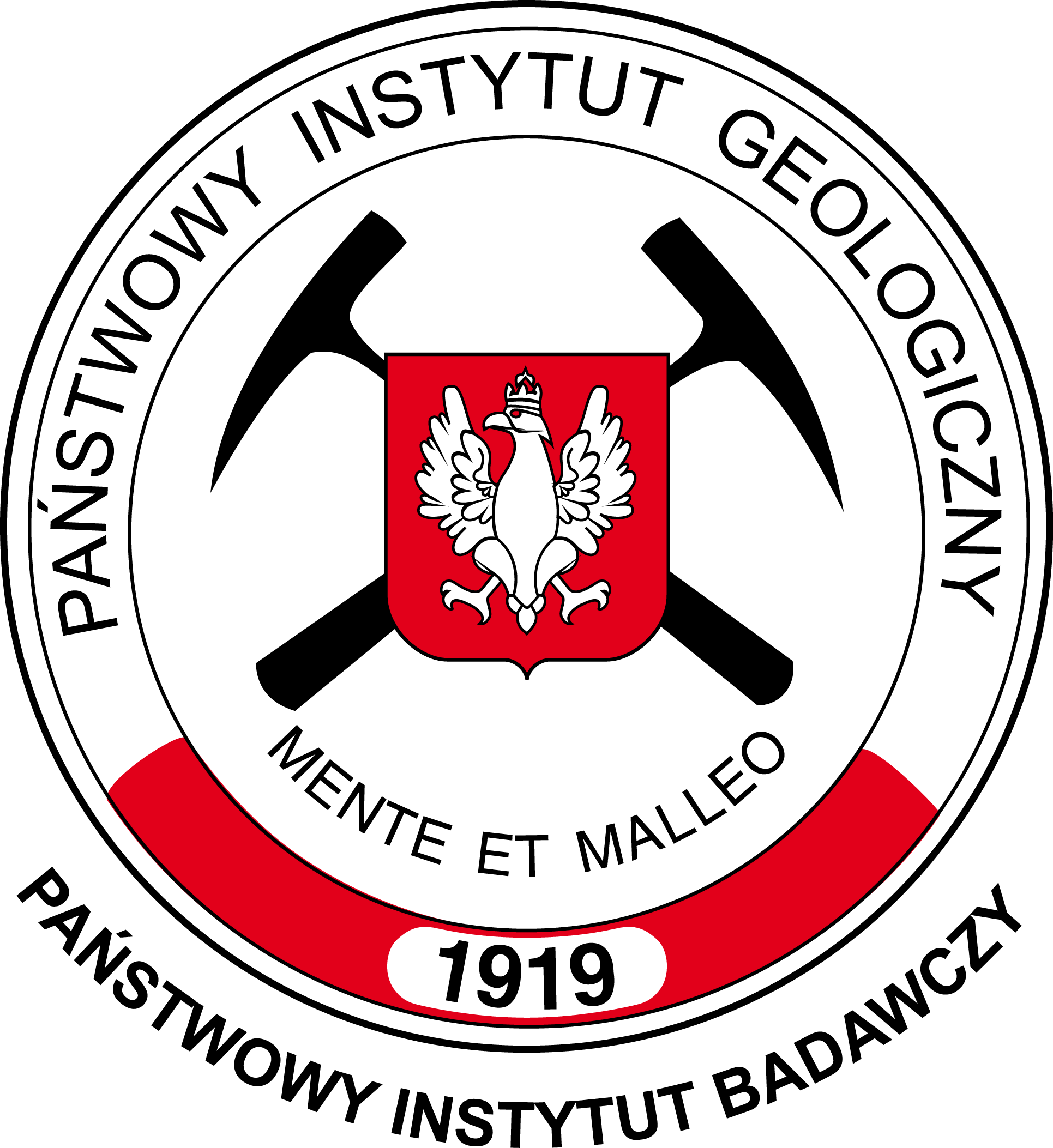1000000
Type of resources
Topics
Keywords
Contact for the resource
Provided by
Years
Representation types
Update frequencies
status
Scale
-
Polish geological map of cutting at 1:1000 000 scale on the plane of -500, -1000, -2000, -3000, -4000, -5000 m b.s.l.
-
Geological map of Poland without cenosoic deposits at 1:1000 000 scale
-
Glacitectonic map of Poland at 1:1000 000 scale
-
The Map of Groundwater Utilization Classified as Mineral Resources in Poland was developed by the Polish Geological Institute – National Research Institute. The first edition was published in 2015 and included information on medicinal, thermal, and brine waters as of the end of the previous year. Due to the dynamic increase in the number of documented deposits and resources, as well as significant interest from users, the map is updated annually and is available in digital format. Each edition of the map provides information on the occurrence of medicinal, thermal, and brine waters, which, according to the Geological and Mining Law, are classified as mineral resources. It includes their physicochemical characteristics, exploitable resources, methods and intensity of utilization, as well as planned investments related to their extraction. Additionally, the map presents data on areas particularly favorable for the exploration and extraction of these types of waters.
-
The Map of Groundwater Utilization Classified as Mineral Resources in Poland was developed by the Polish Geological Institute – National Research Institute. The first edition was published in 2015 and included information on medicinal, thermal, and brine waters as of the end of the previous year. Due to the dynamic increase in the number of documented deposits and resources, as well as significant interest from users, the map is updated annually and is available in digital format. Each edition of the map provides information on the occurrence of medicinal, thermal, and brine waters, which, according to the Geological and Mining Law, are classified as mineral resources. It includes their physicochemical characteristics, exploitable resources, methods and intensity of utilization, as well as planned investments related to their extraction. Additionally, the map presents data on areas particularly favorable for the exploration and extraction of these types of waters.
-
Mapa geologiczna Polski ścięcia poziomego w skali 1:1000 000 obejmuje 6 poziomów ścięcia na głebokości -500, -1000, -2000, -3000, -4000, -5000 m n.p.m.
-
The Map of Groundwater Utilization Classified as Mineral Resources in Poland was developed by the Polish Geological Institute – National Research Institute. The first edition was published in 2015 and included information on medicinal, thermal, and brine waters as of the end of the previous year. Due to the dynamic increase in the number of documented deposits and resources, as well as significant interest from users, the map is updated annually and is available in digital format. Each edition of the map provides information on the occurrence of medicinal, thermal, and brine waters, which, according to the Geological and Mining Law, are classified as mineral resources. It includes their physicochemical characteristics, exploitable resources, methods and intensity of utilization, as well as planned investments related to their extraction. Additionally, the map presents data on areas particularly favorable for the exploration and extraction of these types of waters.
-
The Map of Groundwater Utilization Classified as Mineral Resources in Poland was developed by the Polish Geological Institute – National Research Institute. The first edition was published in 2015 and included information on medicinal, thermal, and brine waters as of the end of the previous year. Due to the dynamic increase in the number of documented deposits and resources, as well as significant interest from users, the map is updated annually and is available in digital format. Each edition of the map provides information on the occurrence of medicinal, thermal, and brine waters, which, according to the Geological and Mining Law, are classified as mineral resources. It includes their physicochemical characteristics, exploitable resources, methods and intensity of utilization, as well as planned investments related to their extraction. Additionally, the map presents data on areas particularly favorable for the exploration and extraction of these types of waters.
-
The Map of Groundwater Utilization Classified as Mineral Resources in Poland was developed by the Polish Geological Institute – National Research Institute. The first edition was published in 2015 and included information on medicinal, thermal, and brine waters as of the end of the previous year. Due to the dynamic increase in the number of documented deposits and resources, as well as significant interest from users, the map is updated annually and is available in digital format. Each edition of the map provides information on the occurrence of medicinal, thermal, and brine waters, which, according to the Geological and Mining Law, are classified as mineral resources. It includes their physicochemical characteristics, exploitable resources, methods and intensity of utilization, as well as planned investments related to their extraction. Additionally, the map presents data on areas particularly favorable for the exploration and extraction of these types of waters.
-
The Map of Groundwater Utilization Classified as Mineral Resources in Poland was developed by the Polish Geological Institute – National Research Institute. The first edition was published in 2015 and included information on medicinal, thermal, and brine waters as of the end of the previous year. Due to the dynamic increase in the number of documented deposits and resources, as well as significant interest from users, the map is updated annually and is available in digital format. Each edition of the map provides information on the occurrence of medicinal, thermal, and brine waters, which, according to the Geological and Mining Law, are classified as mineral resources. It includes their physicochemical characteristics, exploitable resources, methods and intensity of utilization, as well as planned investments related to their extraction. Additionally, the map presents data on areas particularly favorable for the exploration and extraction of these types of waters.
 Katalog Metadanych PIG-PIB
Katalog Metadanych PIG-PIB